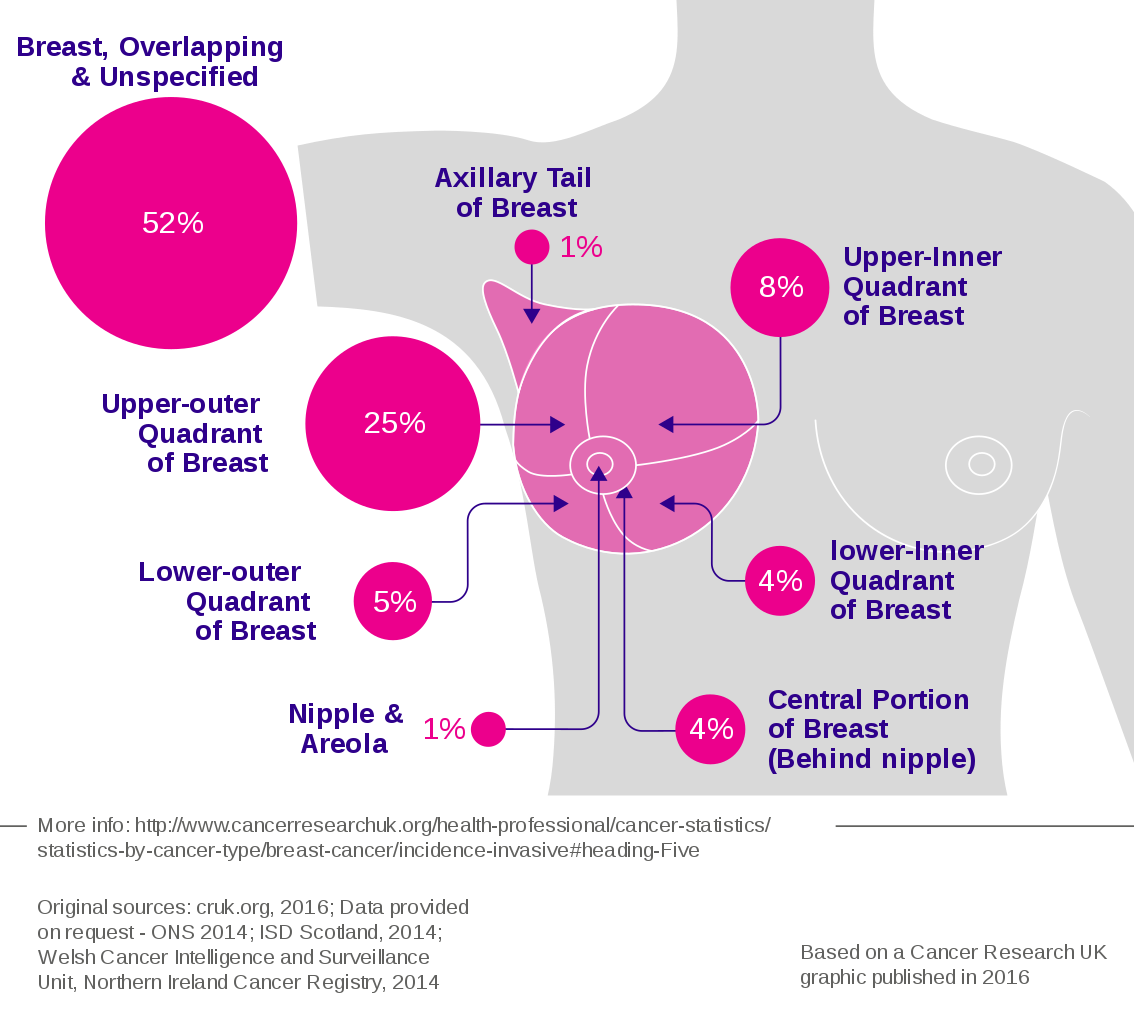The nurse is performing a respiratory assessment on a client. Which of the following findings should the nurse report to the practitioner?
Clear and equal breath sounds bilaterally
Oxygen saturation of 98% on room air
Cough producing clear, thin sputum
Visible use of accessory muscles during inhalation
The Correct Answer is D
A. Clear and equal breath sounds bilaterally
Explanation: Clear and equal breath sounds bilaterally indicate normal lung sounds, suggesting proper air exchange in both lungs. This is a normal finding and does not require immediate reporting.
B. Oxygen saturation of 98% on room air
Explanation: An oxygen saturation level of 98% on room air indicates adequate oxygenation of the blood. This is a normal and healthy oxygen saturation level and does not require immediate reporting.
C. Cough producing clear, thin sputum
Explanation: A cough producing clear, thin sputum is indicative of a non-infected or non-inflammatory condition in the respiratory system. Clear and thin sputum is often normal, especially in the absence of other symptoms. It does not require immediate reporting unless the client has other concerning symptoms.
D. Visible use of accessory muscles during inhalation
Explanation: Visible use of accessory muscles, such as neck or intercostal muscles, during inhalation suggests that the client is working hard to breathe. This could indicate respiratory distress, potentially due to conditions like asthma, COPD (Chronic Obstructive Pulmonary Disease), or other severe lung problems. It's a concerning sign and should be reported to the healthcare practitioner promptly for further evaluation and intervention.
Nursing Test Bank
Naxlex Comprehensive Predictor Exams
Related Questions
Correct Answer is A
Explanation
A. The location of most breast tumors: This choice is correct. The upper outer quadrant of the breast is the most common site for breast tumors. This area has a higher concentration of glandular tissue, making it more susceptible to the development of tumors. Therefore, thorough examination of this area is crucial during breast examinations.
B. More prone to Injury and calcifications than other locations in the breast: While injuries can occur in any part of the breast, the statement about calcifications is not accurate. Calcifications in breast tissue can occur in various areas and are not specific to the upper outer quadrant.
C. The largest quadrant of the breast: This statement is not accurate. The breast quadrants are not distinguished by size; they are anatomical divisions used for reference during breast examinations. Each quadrant has its significance for examination purposes, but none is considered the largest.
D. Where most of the suspensory ligaments attach: The suspensory ligaments, also known as Cooper's ligaments, provide structural support to the breast tissue. While they are essential for breast anatomy, they are not concentrated in the upper outer quadrant exclusively. These ligaments are distributed throughout the breast tissue.

Correct Answer is C
Explanation
A. Friction rub:
A friction rub is a grating or rubbing sound or sensation heard or felt during auscultation or palpation. It occurs when inflamed pleural or pericardial surfaces rub against each other during breathing or heartbeats, respectively.
B. Tactile fremitus:
Tactile fremitus refers to the palpable vibrations transmitted through the bronchopulmonary tree to the chest wall as the patient speaks. It is assessed by placing hands on the patient's back while the patient speaks certain words. Increased tactile fremitus can occur in conditions with lung consolidation, such as pneumonia.
C. Crepitus:
Crepitus is a crackling or grating sensation felt under the skin or heard when the ends of a broken bone rub against each other. It can also occur when air leaks into subcutaneous tissue, leading to a crackling sensation upon palpation.
D. Adventitious sounds:
Adventitious sounds refer to abnormal lung sounds heard during auscultation. These sounds include crackles (rales), wheezes, rhonchi, and pleural friction rubs. Adventitious sounds can indicate various respiratory conditions, such as pneumonia, bronchitis, or asthma.
Whether you are a student looking to ace your exams or a practicing nurse seeking to enhance your expertise , our nursing education contents will empower you with the confidence and competence to make a difference in the lives of patients and become a respected leader in the healthcare field.
Visit Naxlex, invest in your future and unlock endless possibilities with our unparalleled nursing education contents today
Report Wrong Answer on the Current Question
Do you disagree with the answer? If yes, what is your expected answer? Explain.
Kindly be descriptive with the issue you are facing.
